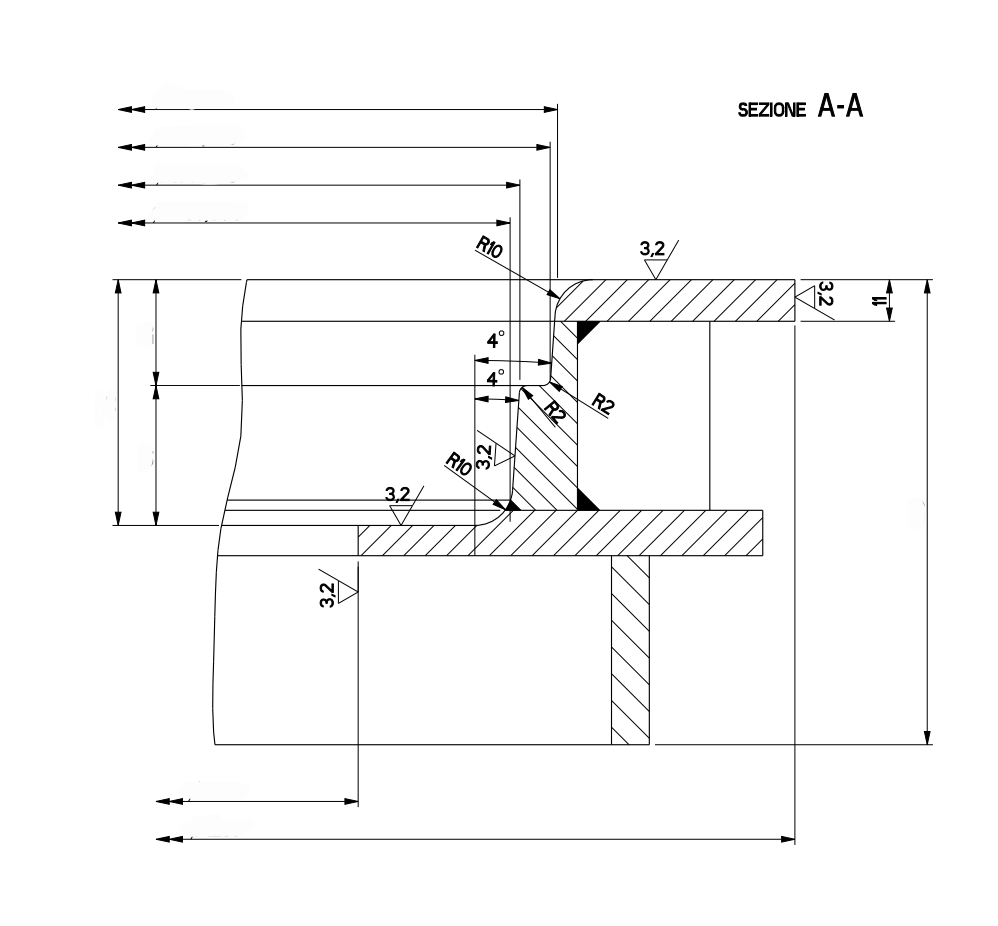- Afrikaans
- Albanian
- Amharic
- Arabic
- Armenian
- Azerbaijani
- Basque
- Belarusian
- Bengali
- Bosnian
- Bulgarian
- Catalan
- Cebuano
- China
- China (Taiwan)
- Corsican
- Croatian
- Czech
- Danish
- Dutch
- English
- Esperanto
- Estonian
- Finnish
- French
- Frisian
- Galician
- Georgian
- German
- Greek
- Gujarati
- Haitian Creole
- hausa
- hawaiian
- Hebrew
- Hindi
- Miao
- Hungarian
- Icelandic
- igbo
- Indonesian
- irish
- Italian
- Japanese
- Javanese
- Kannada
- kazakh
- Khmer
- Rwandese
- Korean
- Kurdish
- Kyrgyz
- Lao
- Latin
- Latvian
- Lithuanian
- Luxembourgish
- Macedonian
- Malgashi
- Malay
- Malayalam
- Maltese
- Maori
- Marathi
- Mongolian
- Myanmar
- Nepali
- Norwegian
- Norwegian
- Occitan
- Pashto
- Persian
- Polish
- Portuguese
- Punjabi
- Romanian
- Russian
- Samoan
- Scottish Gaelic
- Serbian
- Sesotho
- Shona
- Sindhi
- Sinhala
- Slovak
- Slovenian
- Somali
- Spanish
- Sundanese
- Swahili
- Swedish
- Tagalog
- Tajik
- Tamil
- Tatar
- Telugu
- Thai
- Turkish
- Turkmen
- Ukrainian
- Urdu
- Uighur
- Uzbek
- Vietnamese
- Welsh
- Bantu
- Yiddish
- Yoruba
- Zulu
Nov . 19, 2024 04:38 Back to list
eutectic aluminum alloy
Understanding Eutectic Aluminum Alloys Composition, Properties, and Applications
Eutectic aluminum alloys have gained significant attention in the fields of metallurgy and manufacturing due to their unique properties and capabilities. Composed of aluminum and other elements, these alloys exhibit a specific phase diagram that allows them to solidify at a single temperature, resulting in unique mechanical and physical properties that make them suitable for various applications. This article explores the composition, characteristics, and applications of eutectic aluminum alloys.
Composition of Eutectic Aluminum Alloys
Eutectic aluminum alloys primarily consist of aluminum (Al) combined with other alloying elements such as silicon (Si), magnesium (Mg), copper (Cu), and zinc (Zn). The most widely recognized eutectic alloy within this category is the aluminum-silicon (Al-Si) alloy, which is renowned for its favorable characteristics. In this alloy, the eutectic composition of approximately 12.6% silicon is crucial; at this ratio, the alloy melts and solidifies at a lower temperature than its component metals, which is critical in reducing casting defects.
The formation of a eutectic structure occurs when the alloy is cooled from a liquid to a solid state, forming two distinct solid phases simultaneously — in the case of Al-Si alloys, eutectic silicon and aluminum phases. This unique microstructure provides improved mechanical properties, including enhanced strength, ductility, and corrosion resistance.
Properties of Eutectic Aluminum Alloys
Eutectic aluminum alloys exhibit numerous beneficial properties due to their specific microstructure. First and foremost, they demonstrate excellent casting characteristics. The lower melting point of the eutectic composition makes the alloy easier to cast, reducing the risk of defects such as porosity. Furthermore, the fine microstructure formed during solidification enhances the mechanical strength of the material, making it ideal for load-bearing applications.
Another notable property of eutectic aluminum alloys is their excellent wear and corrosion resistance. The addition of silicon not only contributes to the alloy's strength but also improves its resistance to oxidation and corrosion, making these alloys suitable for use in harsh environments. This characteristic is particularly advantageous in automotive and aerospace industries, where durability and longevity are essential.
Eutectic aluminum alloys also offer good thermal and electrical conductivity. This feature is crucial in applications such as heat exchangers, electrical connectors, and components requiring efficient thermal management.
eutectic aluminum alloy

Moreover, one of the overlooked but significant aspects of eutectic aluminum alloys is their machinability
. These alloys can be easily machined or fabricated, allowing for the creation of intricate shapes and designs without compromising their mechanical integrity. The ability to fabricate complex geometries is particularly valuable in industries that require precision components.Applications of Eutectic Aluminum Alloys
The unique properties of eutectic aluminum alloys have made them widely used across various industries. The automotive sector relies heavily on these alloys for engine components, transmission housings, and structural elements due to their lightweight nature and high strength-to-weight ratio. These attributes contribute to improved fuel efficiency and reduced emissions in vehicles.
In the aerospace industry, eutectic aluminum alloys play a critical role in the manufacturing of aircraft components. Their high strength, low weight, and corrosion resistance make them ideal for parts subject to extreme conditions. Components such as fuselage skins, wing structures, and landing gear are often manufactured using these advanced alloys.
Eutectic aluminum alloys are also utilized in the electronics industry. Due to their excellent conductive properties, they are employed in the production of electrical connectors, heat sinks, and housings for electronic devices. These applications benefit from the alloys' ability to dissipate heat effectively and withstand thermal stress.
Additionally, in the field of manufacturing, these alloys are used in 3D printing and additive manufacturing processes. The ease of fabrication and superior mechanical properties make eutectic aluminum alloys suitable for producing complex and lightweight parts that meet rigorous industry standards.
Conclusion
Eutectic aluminum alloys stand out as a fundamental material in modern engineering and manufacturing. Their unique composition, combined with their excellent mechanical properties, makes them indispensable in various applications, from automotive and aerospace to electronics. As technology advances and demands for materials that are lightweight, durable, and cost-effective continue to rise, the role of eutectic aluminum alloys will likely expand further, marking their significance in the evolving landscape of material science.
-
8mm Thin-Walled Cast Steel Manhole Cover Pallet Bottom Ring | Durable
NewsAug.04,2025
-
Premium Cast Iron Water Main Pipe: Durable, Corrosion-Resistant
NewsAug.03,2025
-
Durable Cast Iron Water Mains | AI-Optimized Systems
NewsAug.02,2025
-
High-Efficiency Propane Boiler for Baseboard Heat | Save Energy
NewsAug.01,2025
-
Premium Source Suppliers for Various Gray Iron Castings
NewsJul.31,2025
-
Durable Cast Iron Water Main Pipes | Long-Lasting
NewsJul.31,2025


